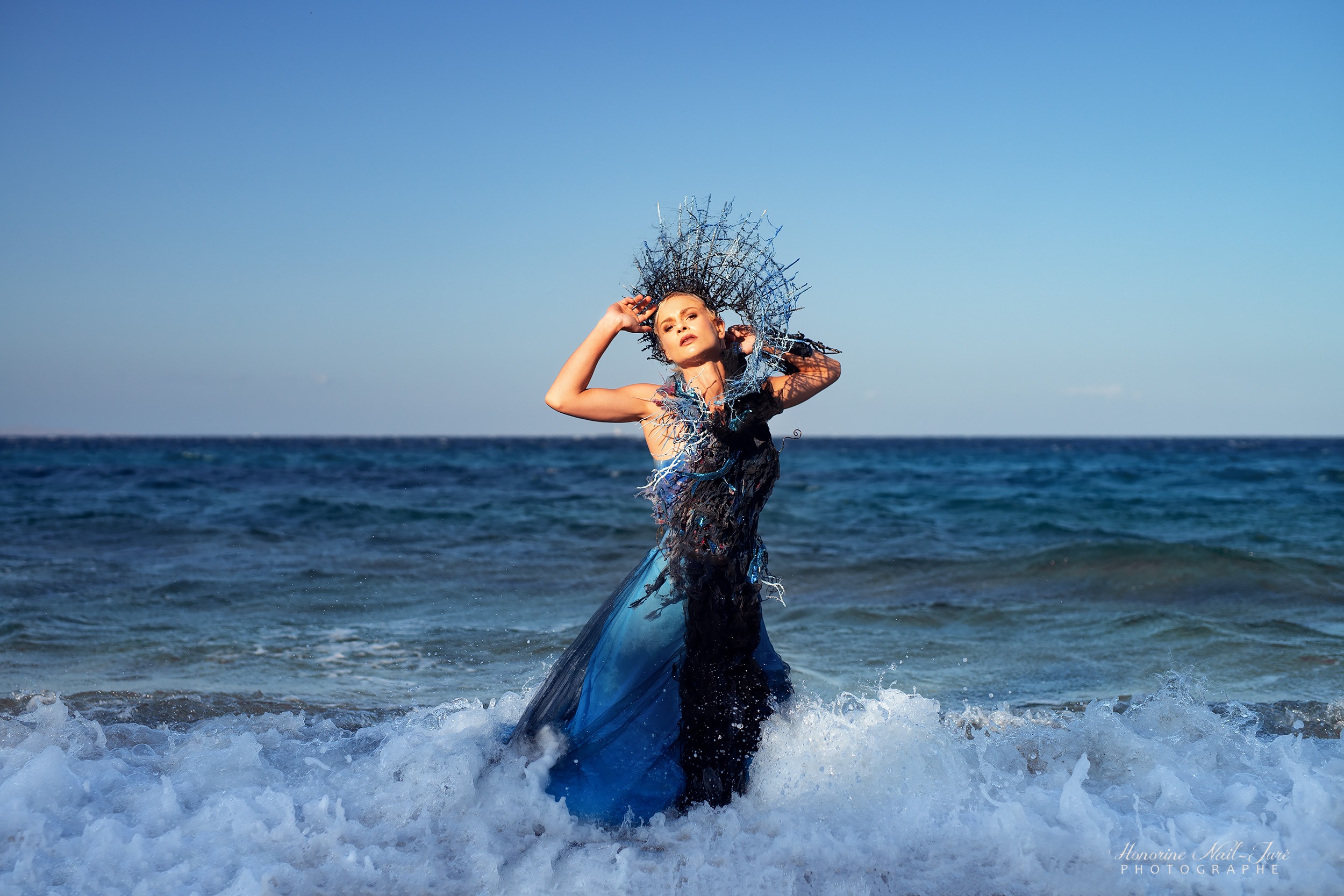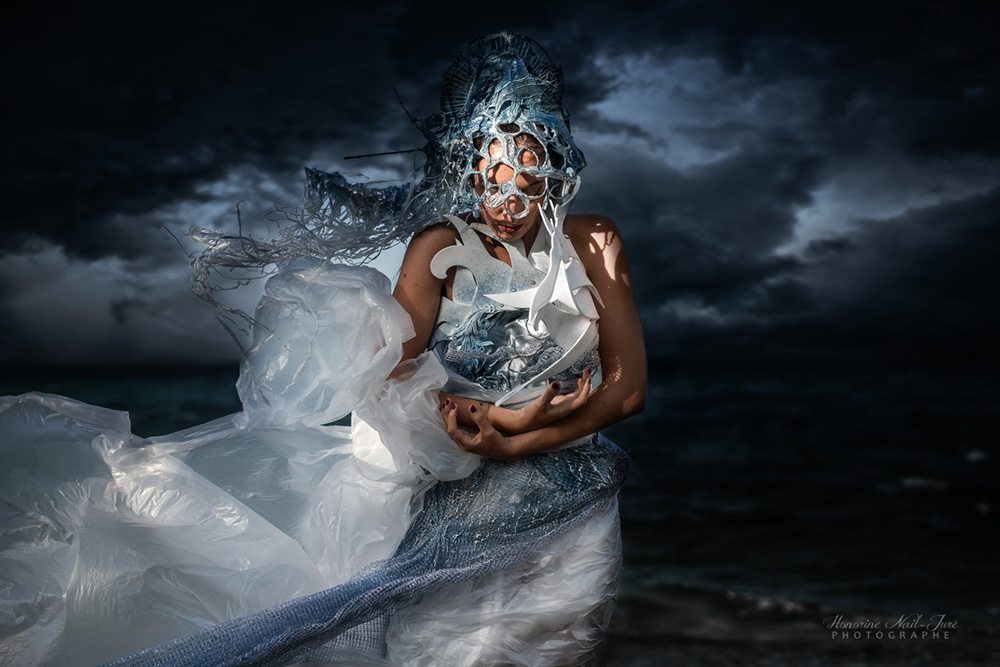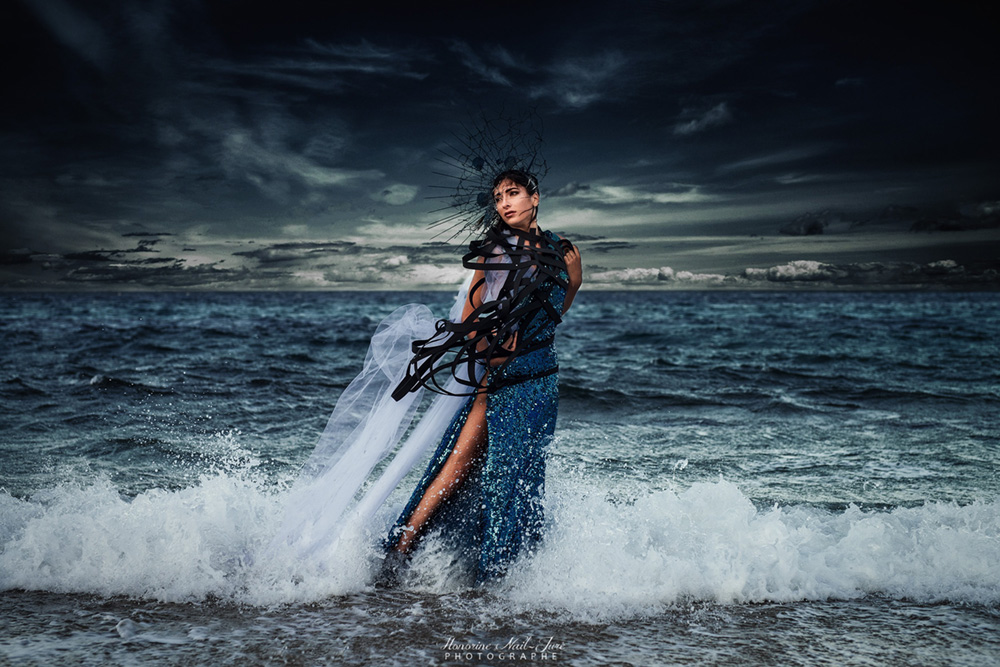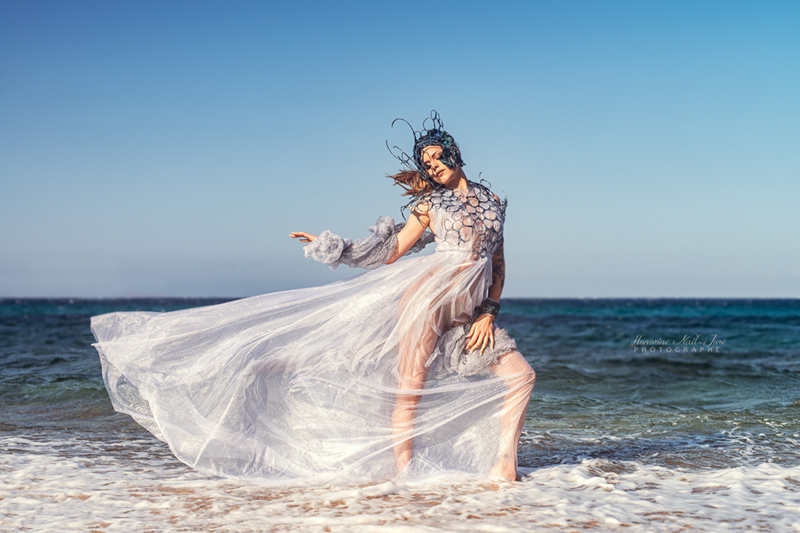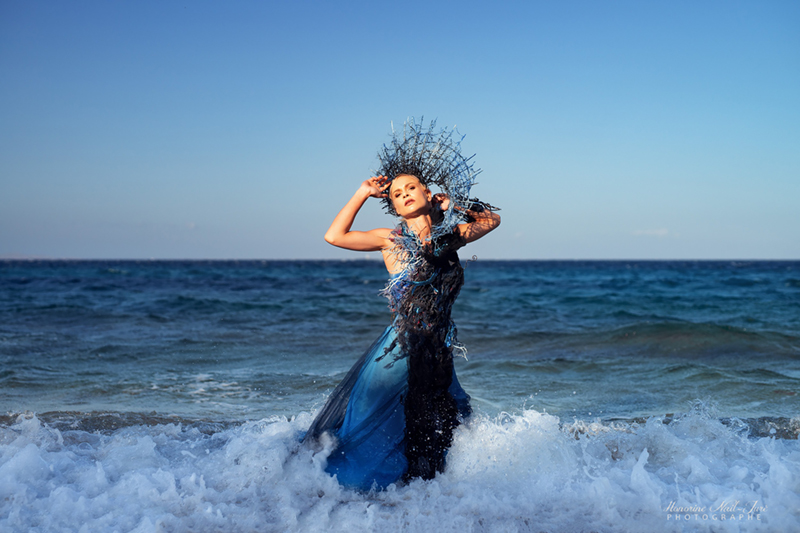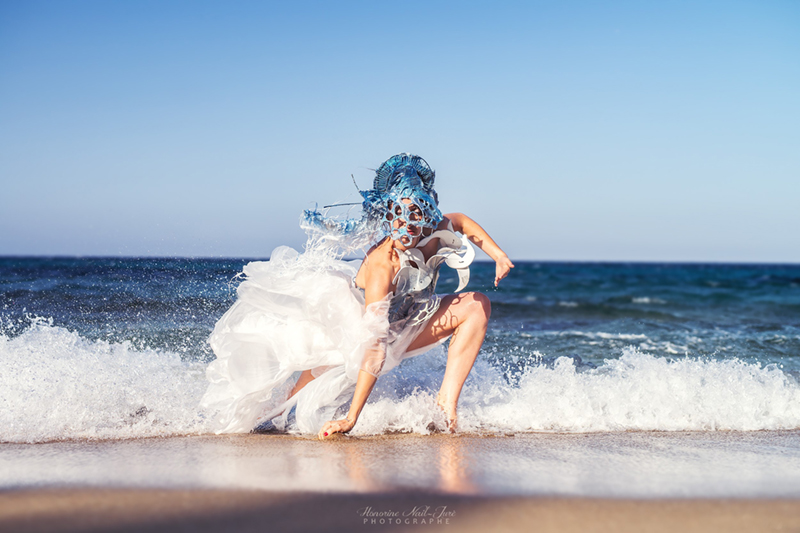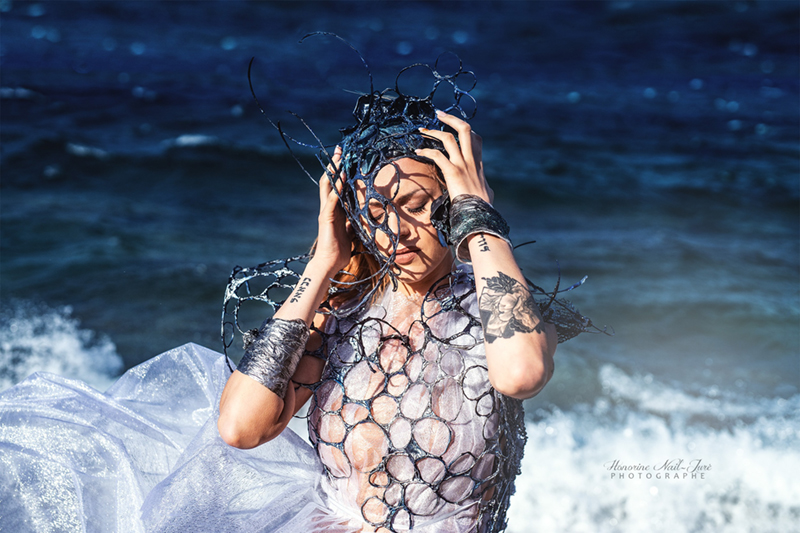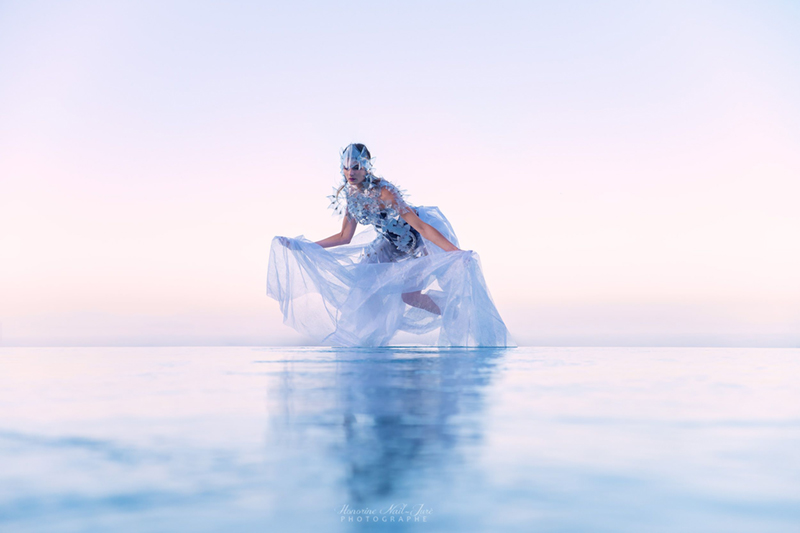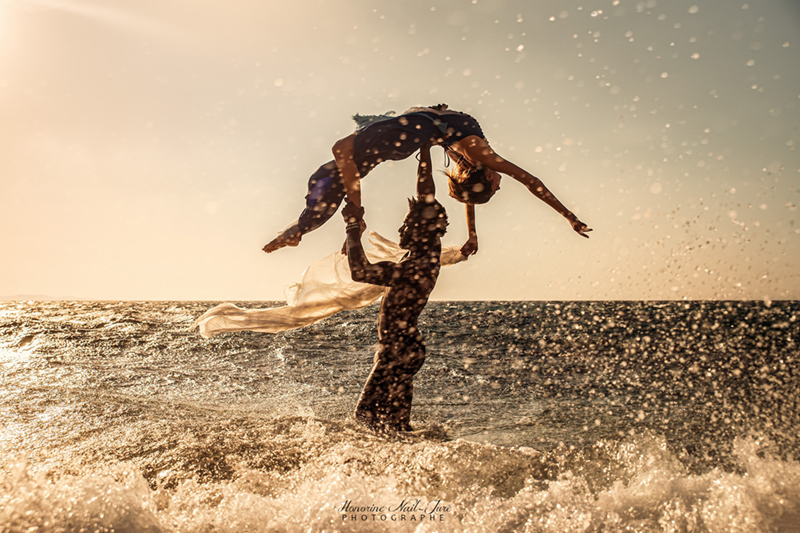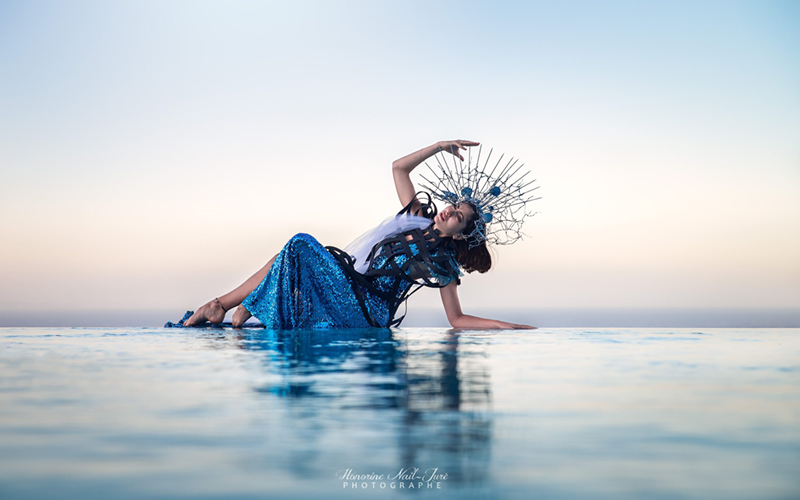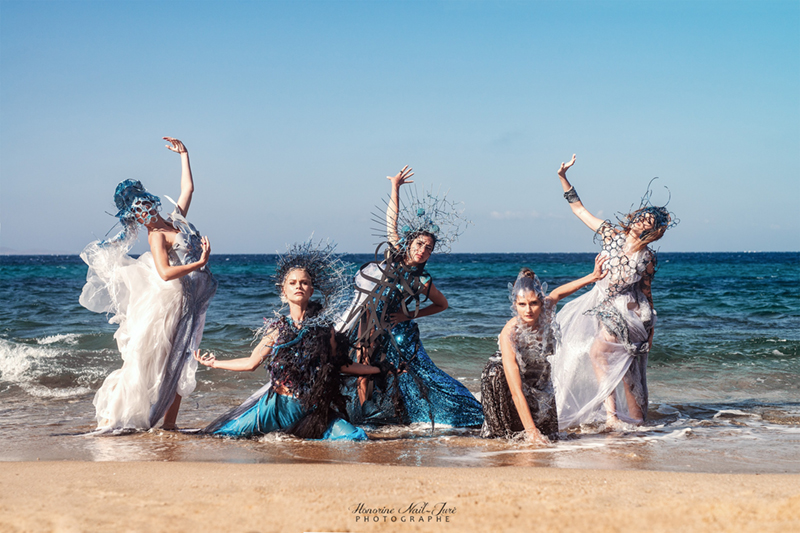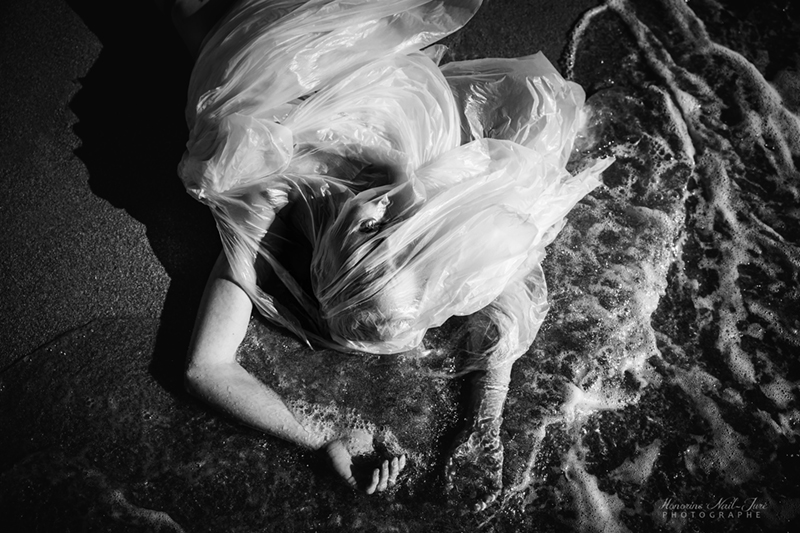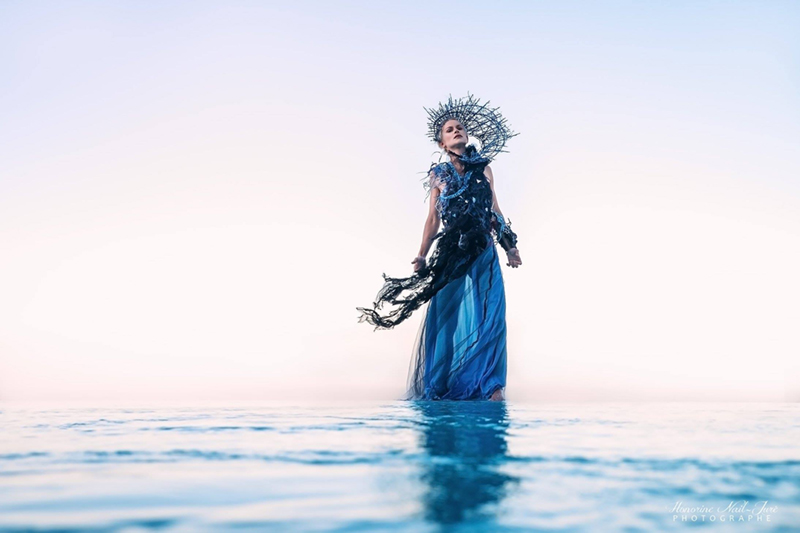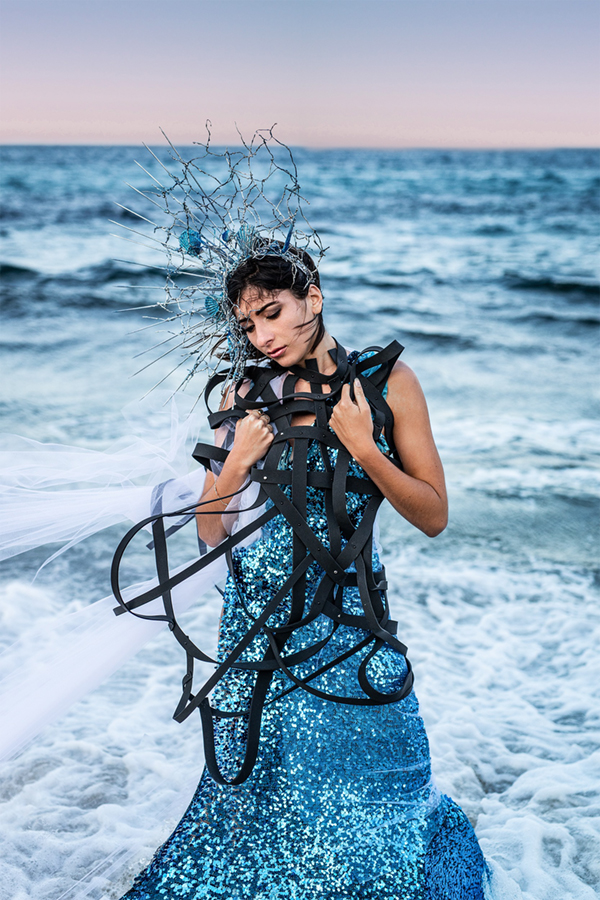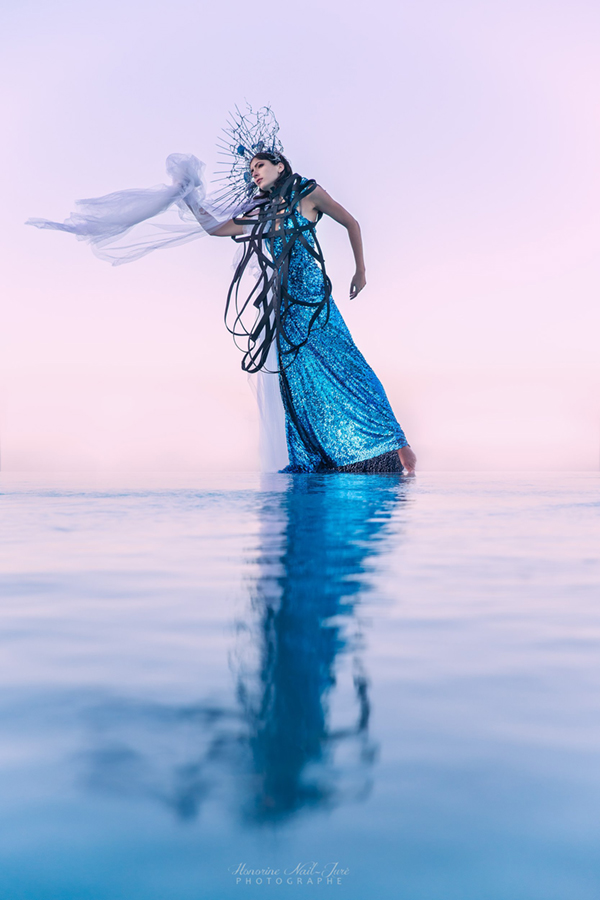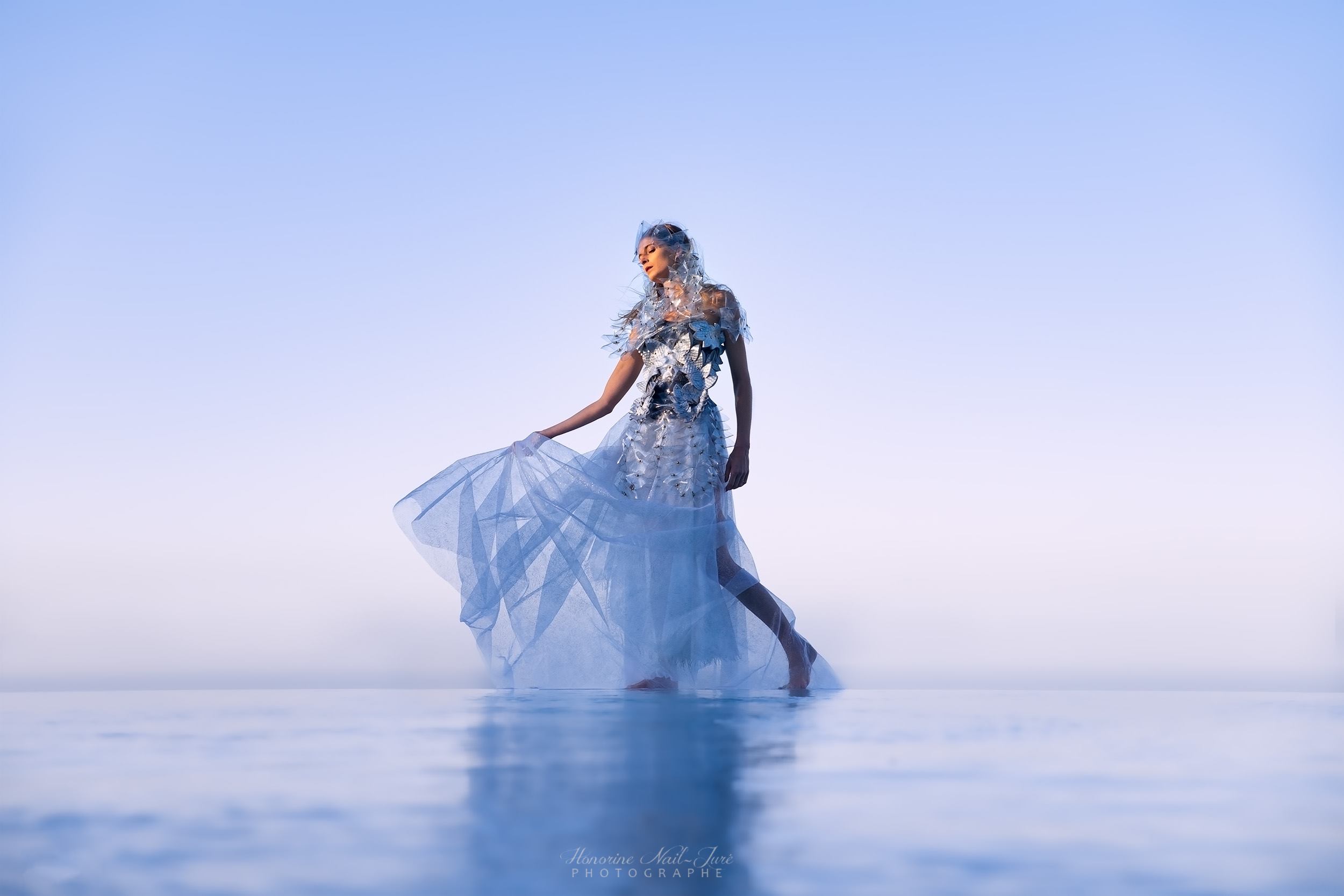CLIMATE EMERGENCY :: KILLING OCEAN
"We design visual art to raise awareness on climate change"
Free Spirit
Our team went to the beautiful Mykonos Island in Greece for this project. It was a perfect place for our music video and our photoshooting. There a lot of sky swimming pools in that island and beautiful beaches. We spent 4 days at Mykonos in October 2019. The weather was perfect. We met 2 partners that helped us to achieve our project which are the company privateon and the most beautiful hotel of the island.
The members of our team at Mykonos were Helene Lecompte, Sophie Gayler, Muriel Guyder, Marie Menuge, Eugene Lied, Fraise au Loup, Honorine Nai Juré, Eljie, Kim Falken and Antoine Super.
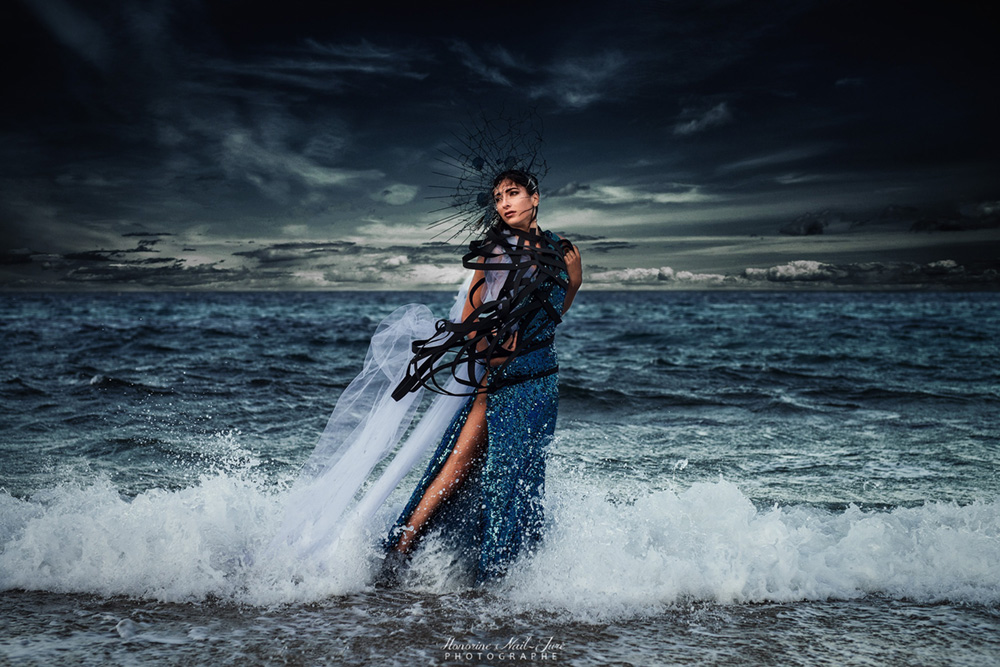
CURRENT SITUATION
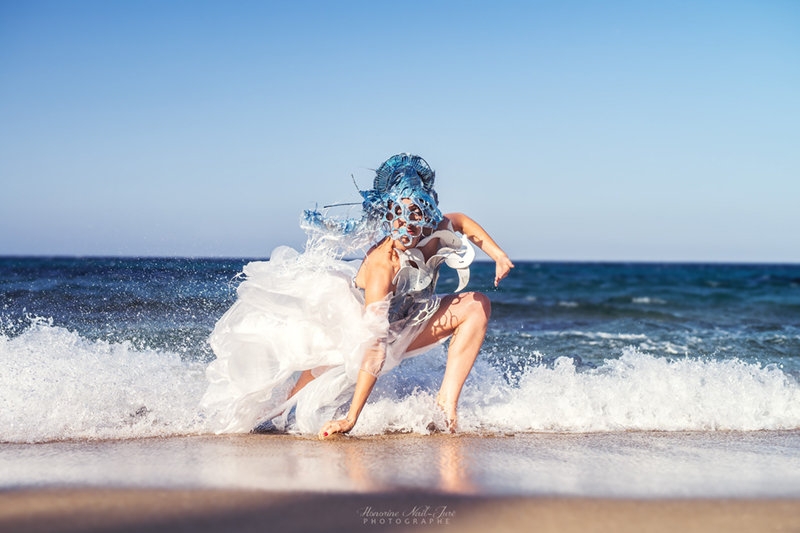
The ocean is playing a major role in our life as it is the largest ecosystem on Earth. What happens to the ocean impacts all of us. Oceans generate half of the oxygen we breathe and, at any given moment, they contain more than 97% of the world’s water. Oceans absorb carbon dioxide from the atmosphere and reduce climate change impacts. So to save our future, we need healthy oceans. Our ocean faces growing challenges from pollution, offshore development and climate change. The ocean is under threats for quite a long time. Human activities generate a negative impact to the beautiful ocean. The flow of waste (plastic and chemicals) are destroying the most diverses places on the Earth. Our way of life threatens the existence of several marine species and also human beings indirectly. According to a report, wastage equivalent of a truckload enters into our oceans every minute. Also, human daily actions, hunt for whales and non eco-friendly fishing habits make the situation worse.
CAUSES
Ocean pollution, also known as marine pollution, is the spreading of harmful substances such as oil, plastic, industrial and agricultural waste and chemical particles into the ocean.
Plastic pollution
About 8 million tonnes of plastic enters the sea every year. At this rate, we fate a future with more plastic in the ocean than fish by 2050. Our plastic addition and waste mismanagement is condemning marine wildlife to death. It is also poisoning and leading to chemical contamination of the fish we eat. Even if people live hundreds of miles from the coast, the plastic they throw away could make its way into the sea. Many of the products we use daily are flushed down toilets, including wet wipes, cotton buds and sanitary products. Litter dropped on the street doesn’t stay there. Rainwater and wind carries plastic waste into streams and rivers, and through drains.
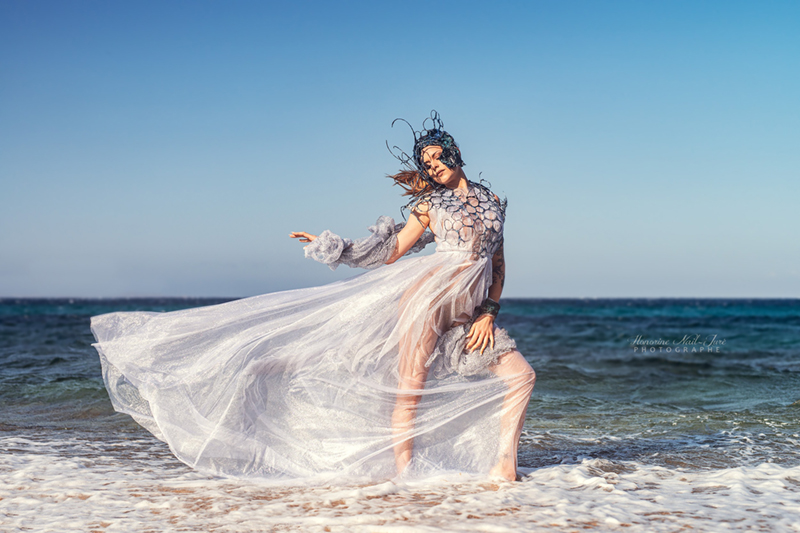
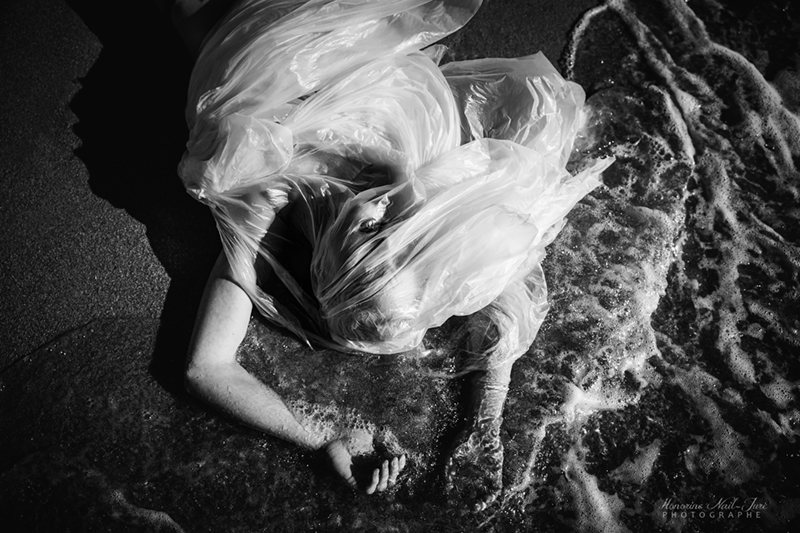
Overfishing
Fishing is one of the most significant drivers of declines in ocean wildlife populations.Overfishing is catching too many fish at once, so the breeding population becomes too depleted to recover. This is a serious marine threat that causes the needless loss of billions of fish, along with hundreds of thousands of sea turtles and cetaceans. Marine life is struggling to adapt to the rapidly changing ocean environment, but its resilience is being undermined by fishing on an industrial scale. Poor fishing management is the primary cause. Around the world, many fisheries are governed by rules that make the problem worse, or have no rules at all.
Ocean pollution
Pollution can enter the ocean directly. Sewage or polluting substances flow through sewage, rivers, or drainages directly into the ocean.
Industrial and agricultural waste is another most common form of wastes. The dumping of toxic liquids in the ocean directly affects the marine life as they are considered hazardous and secondly, they raise the temperature of the ocean.
Ship pollution is a huge source of ocean pollution, the most devastating effect of which is oil spills. Crude oil lasts for years in the sea and is extremely toxic to marine life.
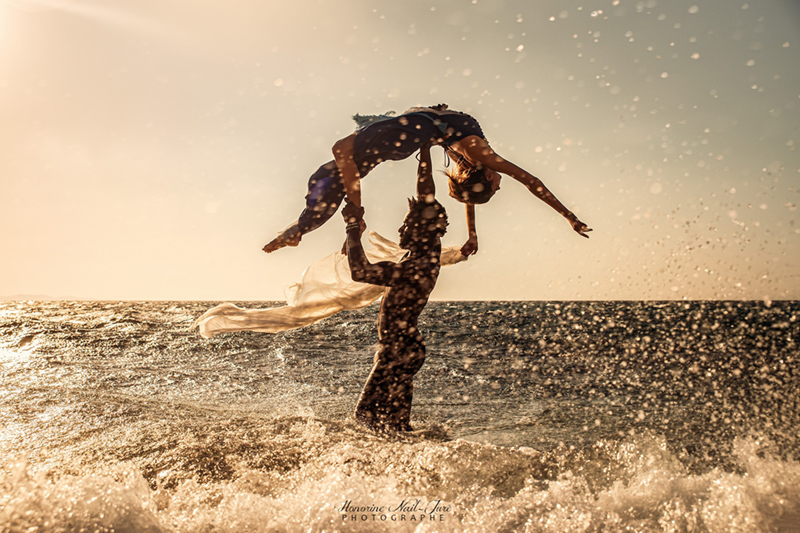
CONSEQUENCES
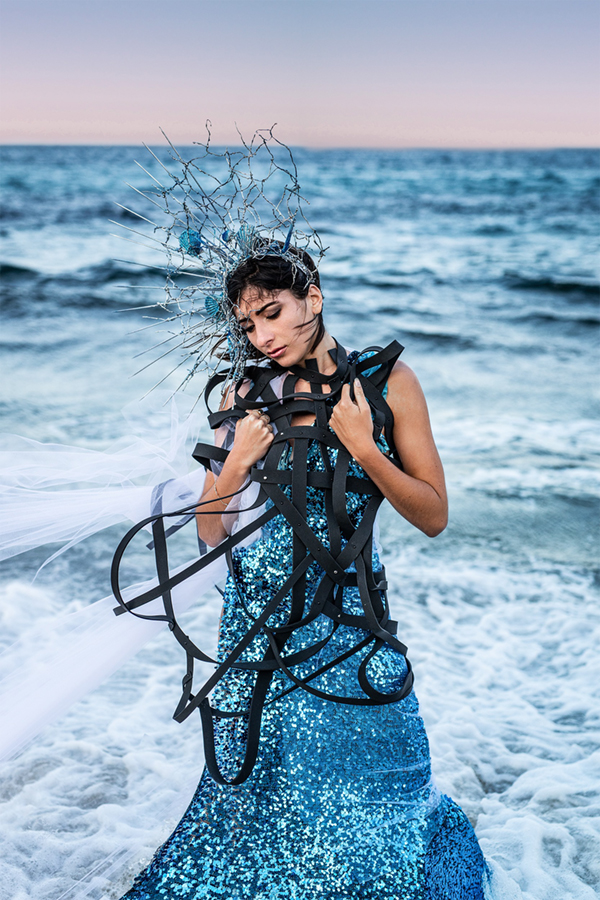
- Once in the ocean, plastic decomposes very slowly, breaking down into tiny pieces known as micro plastics that can be incredibly damaging to sea life. 80% of plastic in our oceans is from land sources according to WWF.
- As a result of prolonged and widespread overfishing, nearly a third of the world’s assessed fisheries are now in deep trouble — and that’s likely an underestimate, since many fisheries remain unstudied.
- Small pieces of plastic are eaten by fish, turtles and seabirds, often resulting in their death.
- Plastic material does not biodegrade, but breaks down into tiny particles known as micro plastics, which can be eaten by small marine animals and enter the food chain.
- Plastic debris often contains chemicals added during manufacture that can absorb and concentrate contaminants such as pesticides, heavy metals and persistent organic pollutants.
- The release of other chemical nutrients into the ocean’s ecosystem leads to reductions in oxygen levels, the decay of plant life, a severe decline in the quality of the seawater itself. As a result, all levels of oceanic life, plants and animals, are highly affected.
- Chemicals used in industries and agriculture get washed into the rivers and from there are carried into the oceans. These chemicals do not get dissolved and sink at the bottom of the ocean. Small animals ingest these chemicals and are later eaten by large animals, which then affects the whole food chain.
- Industrial and agricultural wastes include various poisonous chemicals that are considered hazardous for marine life. Chemicals from pesticides can accumulate in the fatty tissue of animals, leading to failure in their reproductive system.
- Effect of Toxic Wastes on Marine Animals. The long term effect on marine life can include cancer, failure in the reproductive system, behavioral changes, and even death.
KEY FIGURES
- Over 220 million tons of plastic are produced each year.
- By the year 2100, without significant changes, more than half of the world’s marine species may stand on the brink of extinction.
- The United Nations Environment Programme estimated in 2006 that every square mile of ocean contains 46,000 pieces of floating plastic.
- Plastic debris causes the deaths of more than a million seabirds every year, as well as more than 100,000 marine mammals.
- Land-based sources (such as agricultural run-off, discharge of nutrients and pesticides and untreated sewage including plastics) account for approximately 80% of marine pollution, globally.
- Today 60% of the world’s major marine ecosystems that underpin livelihoods have been degraded or are being used unsustainably. Pollution from sewage outfalls and agricultural runoff has contributed to the increasing incidence of low oxygen (hypoxic) areas known as dead zones, where most marine life cannot survive, resulting in the collapse of some ecosystems.
- An estimated 50-80% of all life on earth is found under the ocean surface.
- Marine Protected Areas (MPAs) are essential to conserve the biodiversity of the ocean. Only 1% of the ocean is protected.
- Every day approximately 8 million pieces of plastic pollution find their way into our oceans.
- Plastics consistently make up 60 to 90% of all marine debris studied.
- Over 150 plastic bottles litter each mile of UK beaches.





